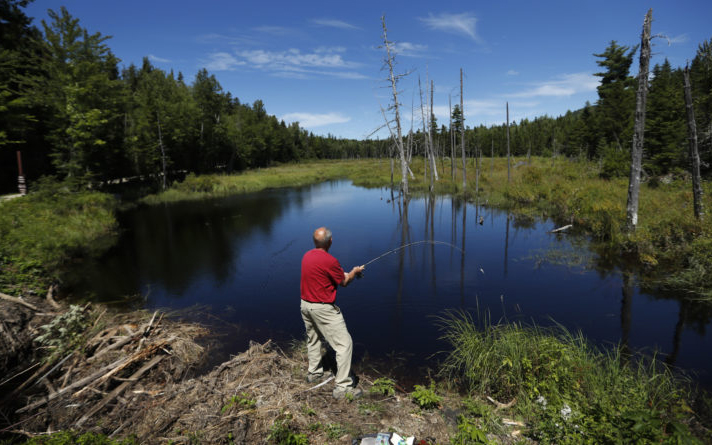
Rural Maine could be making $5.6 billion in rural tourist dollars by 2030, if visitor experiences across its interior “woods region” are improved.
That’s according to a pair of studies conducted by global consulting firm FutureIQ on behalf of the nonprofit Maine Woods Consortium.
The studies found that a growing middle class in Asia, coupled with the popularity of nature-based travel and other factors, could significantly boost rural tourism over 12 years.
But first, those visitors need ways to spend their money.
“We think there’s a lot more opportunity for guided experiences and curated experiences, where visitors are actually paying local people to help them find and have a good experience in the region,” said Mike Wilson, coordinator of the Maine Woods Consortium.
Wilson said while marketing might sell a visitor on the idea of going fishing, many won’t actually know how to go about it.
And he said visitors look for other things, too. “They want a good cup of coffee, they want a good meal, local foods.”
According to the study projections, Maine’s rural interior could double its visitor dollars from $2.3 billion to $5.6 billion with a 3 percent increase in visitors, and a 4 percent increase in tourist spending over the next 12 years.
Last year, the consortium rolled out a pilot visitor training “academy” to assist the Moosehead Lake Region in its redevelopment efforts. In May, the program moves to the Rangeley area.
Wilson said another benefit of attracting more visitors is the higher likelihood that people will fall in love with the region and move there, thus plumping up the tax base in sparsely populated places, such as Piscataquis county.
This article appears through a media partnership with Maine Public.
This article originally appeared on www.bangordailynews.com.







